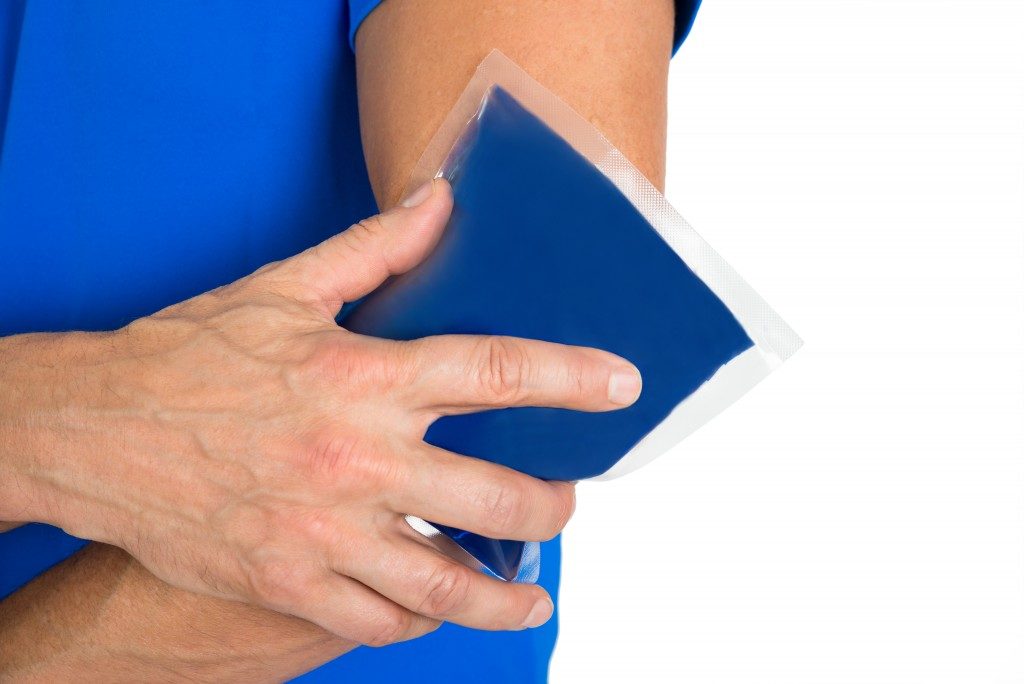Cryotherapy or cold therapy has been around for as long as cold water and ice existed—which is a long time indeed. Athletes use it to speed up their injury recovery, the stressed people of the world flock to it to heal from their common pains.
In recent years, cryotherapy has evolved from icing down injured players to paying tank painting contractors to build and paint a cryogenic tank in athletic facilities. Even the wealthy has moved on to cryotherapy as the next big thing. But what exactly is cryotherapy and in what forms is it currently available?
What is Cryotherapy?
Cryotherapy came from the simple observation of what ice packs and other cooling therapies do for an inflamed or injured part of the body. The theory is that the body or afflicted body part is healed or encouraged to heal faster when exposed to extremely cold temperatures. Among the benefits of cryotherapy are a short-term reduction of soreness, acceleration of recovery, and relief from adhesive capsulitis or frozen shoulder.
Several types of cold therapy exist. Localized cold therapy targets specific areas of the body, cryotherapy facials revolve around the face area, whole body cryotherapy immerses a person in cold temperatures, and cryosurgery uses extreme temperatures for medical procedures.
Localized Cryotherapy
Air pumps, packs, and other tools are used for localized cryotherapy. Muscle groups or spasms are the focus of the treatment, which could reach -25° to -40° F. Typical target areas include the lower back, hamstring, elbow, neck, and other problem joints and areas. Therapists watch out for skin discoloration and the customer’s comfort.
Some of the benefits of localized cold therapy are improved blood supply after rewarming, a wider range of motion, inflammation reduction, and waste flushing from the area of application.
 Cryotherapy Facials
Cryotherapy Facials
Anti-aging, face plumping, and cell rejuvenation are all attributes attached to cryo facials. Celebrities are all about cryo facials, which employs cold vapor and light therapy to rejuvenate the face. Cold comes after microdermabrasion in the process, then heat and LED light therapy.
Whole-Body Cryotherapy
Nerve damage, fatigue, joint stiffness, and other physical ailments are treated with whole-body cryotherapy. Cryogenic therapy chambers, like a smaller hyperbaric tank with chrome paint, are used for this type of therapy.
People enter the chamber that some athletes call “the fountain of youth” that has helped top performers stay on their level before games and after intense workouts. Once inside, people are blasted with nitrogen vapor below 200 degrees Fahrenheit for three minutes. The person’s hands, feet, and other extremities are covered to protect them from frostbite.
Cryosurgery for Cancer
Perhaps the most intriguing procedure, cryosurgery takes cold temperatures produced by nitrogen and argon gas into the surgery theater to eliminate abnormal tissues from the body. External tumors, internal tumors, and tumors in the bone are incised off afflicted areas with little damage to the rest of the body using these gasses.
Early stage cancers, precancerous skin growths and cervix conditions, prostate and liver tumors, and retinoblastoma are types of cancers typically treated with cryosurgery.
While it seems like a good idea to dive headfirst into cryotherapy, you should take heed of the developments in the scene. Water tank painting, graffiti, and other forms of art therapy have more literature on it than cryogenic tanks at the moment. Studies about its effects are making up for the current literature. Always consult a health professional before trying any type of treatment or procedure.



